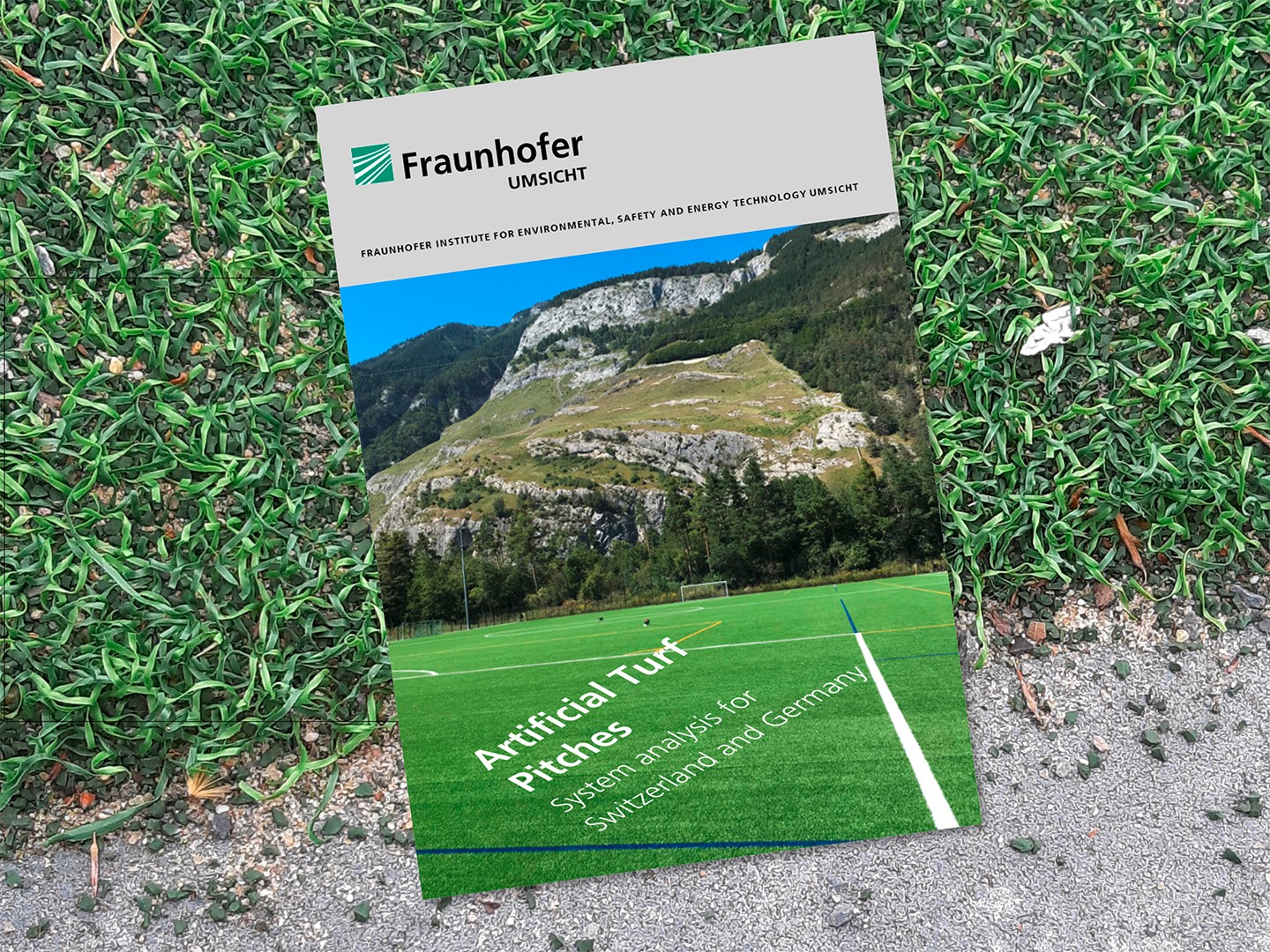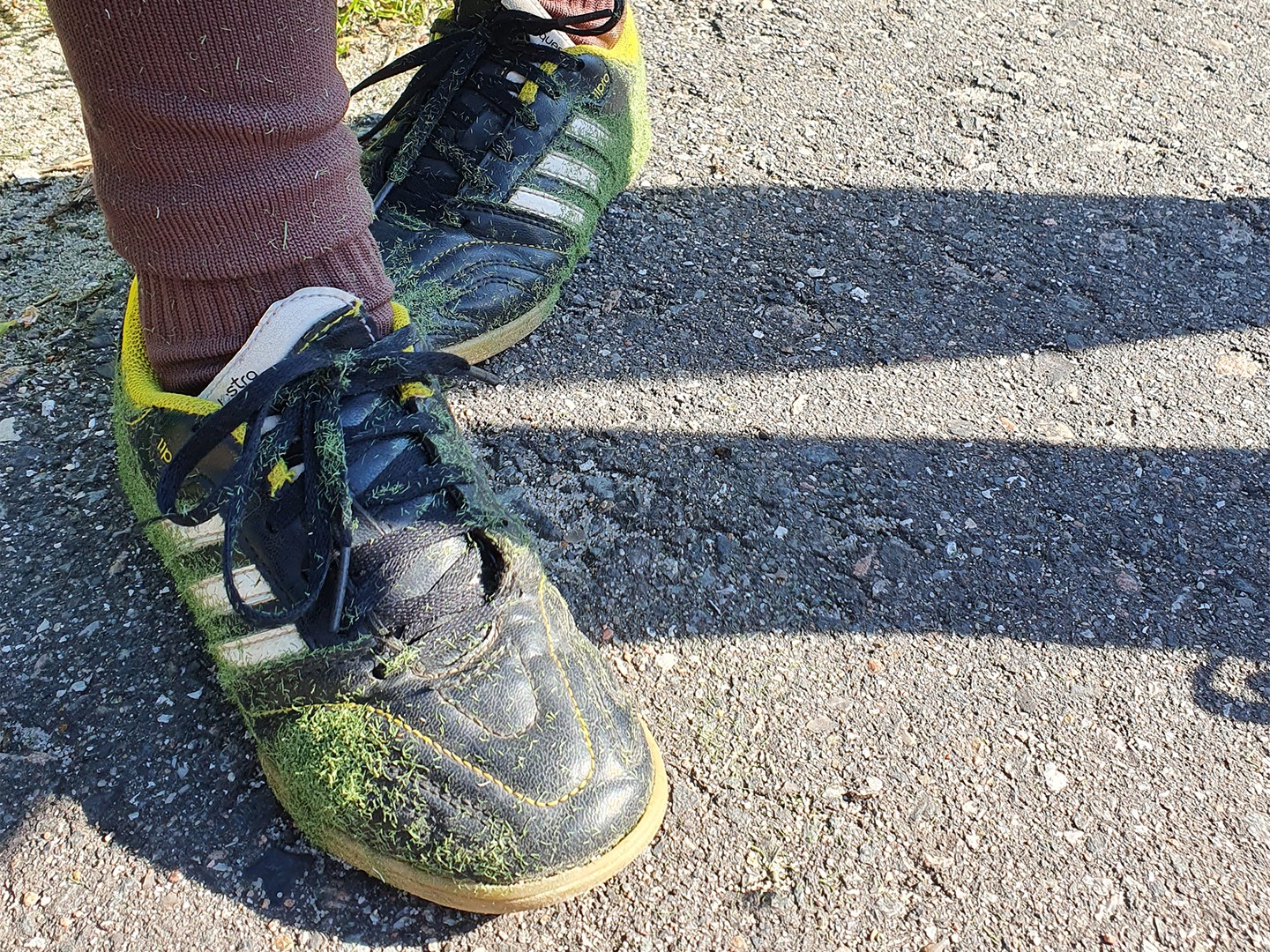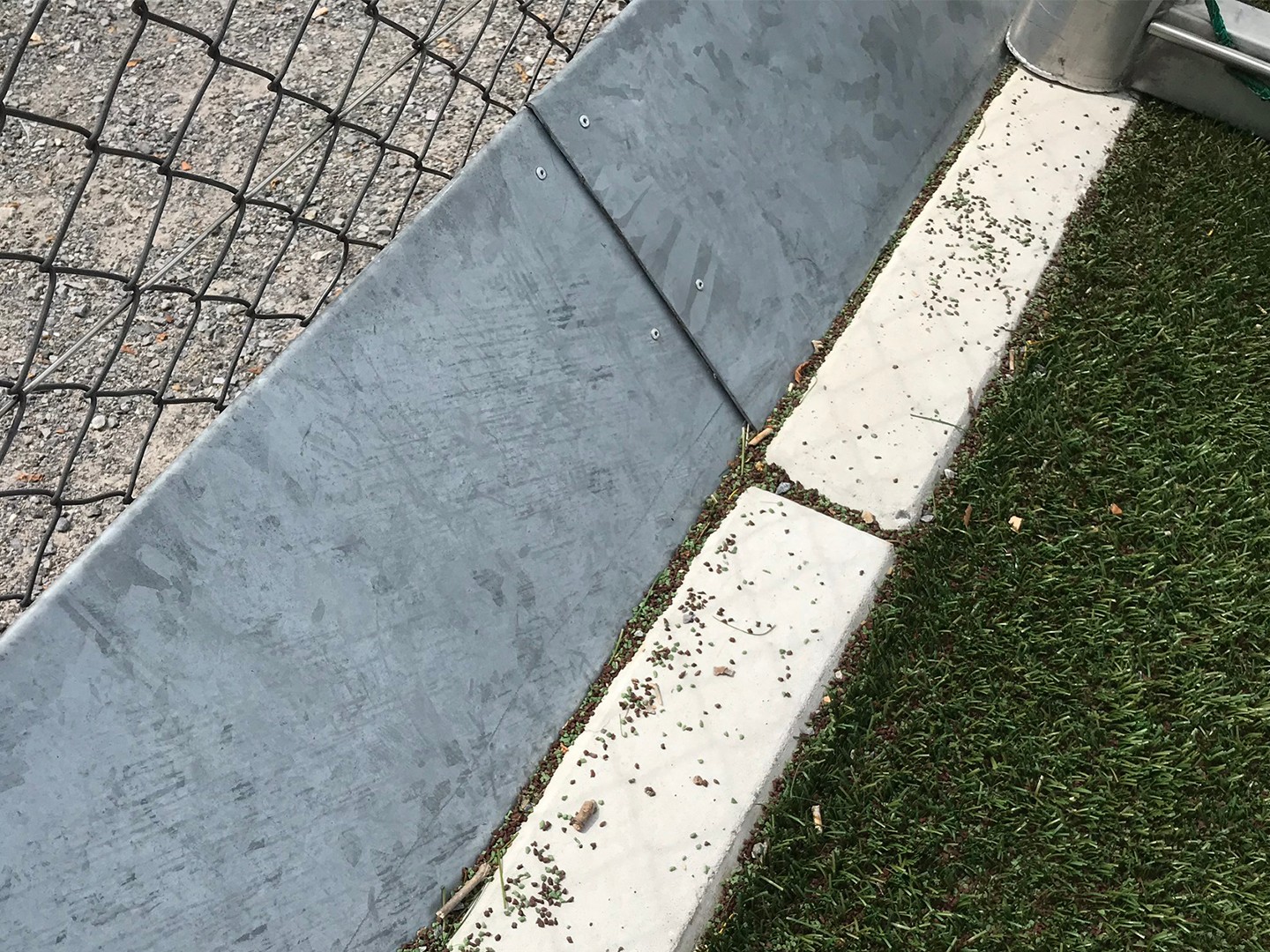
Hard, ash, and natural turf pitches cannot always be played on due to the weather. By contrast, artificial turf enables year-round use – making this a popular, widespread surface. However, it is associated with negative effects on the environment, as shown by a system analysis of artificial turf pitches that has now been published in a report by Fraunhofer UMSICHT. The report covers topics such as the release of microplastics, recycling, and the choice of location, while also offering recommendations on how those responsible can take countermeasures and make artificial turf pitches more sustainable.
From October 26 to 29, 2021, FSB, the international trade fair for public space, sports, and leisure facilities, is being held in Cologne. Sports pitches, and thus also artificial turf pitches, will play an important part there. The latter, in particular, have huge relevance here in Germany as they enable sport to be played outdoors all year round. This is also reflected in the system analysis for Switzerland and Germany commissioned from Fraunhofer UMSICHT by various municipalities and companies, which states an average useful life of 1882 hours per pitch and year. In contrast, tamped pitches, i.e. hard or ash pitches, are no longer considered to be in keeping with the times by both clubs and players, according to the analysis. They have increasingly been converted in recent years – generally into artificial turf pitches.
“However, common artificial turf pitches are associated with negative effects on the environment. The emissions from these pitches have become the focus of society, politics, and the media in the context of the debate surrounding microplastics,” explains Jürgen Bertling from Fraunhofer UMSICHT, head of the system analysis study. A team of researchers examined a total of 19 artificial turf pitches in Germany and Switzerland. Based on analyses, data collection activities, and surveys, the published report describes and assesses the current status and offers recommendations for making sports pitch construction more sustainable. The report addresses both the designer and manufacturer side and the operator and user side.
Almost 3 metric tons of material lost per pitch and year
To positively influence playing performance, what is known as infill is applied to artificial turf pitches. At the majority of the pitches examined, it is comprised of sand and rubber granulate. Non-infill pitches and those that feature the natural material cork are currently an exception.
Observations show that the infill spreads into the surrounding area, particularly following heavy rain or wind, where it accumulates or, for instance, enters bodies of water. Alongside weather-related emissions, cleaning measures such as shoveling snow and the players themselves have a major influence on the discharge of material: They carry the material away on their shoes and clothing. The experimentally determined annual loss for the examined artificial turf pitches comes to an average of 2.98 metric tons of infill per year. “Artificial turf fibers that also wear away while the pitch is being used are not taken into account in this,” adds Jürgen Bertling. He says more detailed examinations are necessary here to clarify whether the losses reach quantities that are actually relevant. Following the study, it also remains unclear via which routes and in what quantities the losses of infill and fibers end up in soil and bodies of water.
A further important aspect of the system analysis is a consideration of the carbon footprint of artificial turf pitches. Depending on the pitch type, this is between 9.4 and 29.8 kg of carbon dioxide equivalent[1] per hour of use. As a comparison: Distributed among the players, this is significantly lower than, for instance, driving a car for an hour or swimming in an indoor or outdoor pool.
Great potential for improved environmental protection
The system analysis shows that the environmental effects of an artificial turf pitch significantly depend on the selection of the material, structural integration, and recycling at the end of the pitch’s life cycle. The experts see great potential here – beginning with the use of a more sustainable material for the substructure and infill, to the use of rainwater for irrigation and the filtering of particulate matter. Barriers enclosing the pitch would additionally reduce microplastic emissions into the environment. “We also discuss the topic of location. It makes a big difference whether an artificial turf pitch is in an urban environment or, for instance, in a valley, surrounded by nature. In the future, more attention should be paid to a clever choice of location in terms of nature conservation, as well as with regard to how often the pitch is used by players and thus the need for a pitch,” says Jürgen Bertling. And, last but not least, the regulatory side must also be taken into account as a steering tool, such as by revising standards or creating new ones.
Majority of players would like artificial turf pitches to be more environmentally friendly
Incidentally, both active and former players are heavily involved in the debate surrounding the relevance and environmental effects of artificial turf pitches. The majority of the people surveyed as part of the system analysis support the statement that the pitches must become more sustainable. Although rubber granulate is the preferred infill type, people are still open to more environmentally friendly alternatives.
The researchers say that these are good conditions for making a targeted compromise for sport and the environment between intensive pitch use and minimal negative environmental effects.
[1]Unit of measurement that allows the effect of all greenhouse gasses on the climate to be compared.
Source
Fraunhofer UMSICHT, press release, 2021-11-02.
Supplier
Fraunhofer-Institut für Umwelt-, Sicherheits- und Energietechnik (UMSICHT)
Share
Renewable Carbon News – Daily Newsletter
Subscribe to our daily email newsletter – the world's leading newsletter on renewable materials and chemicals











